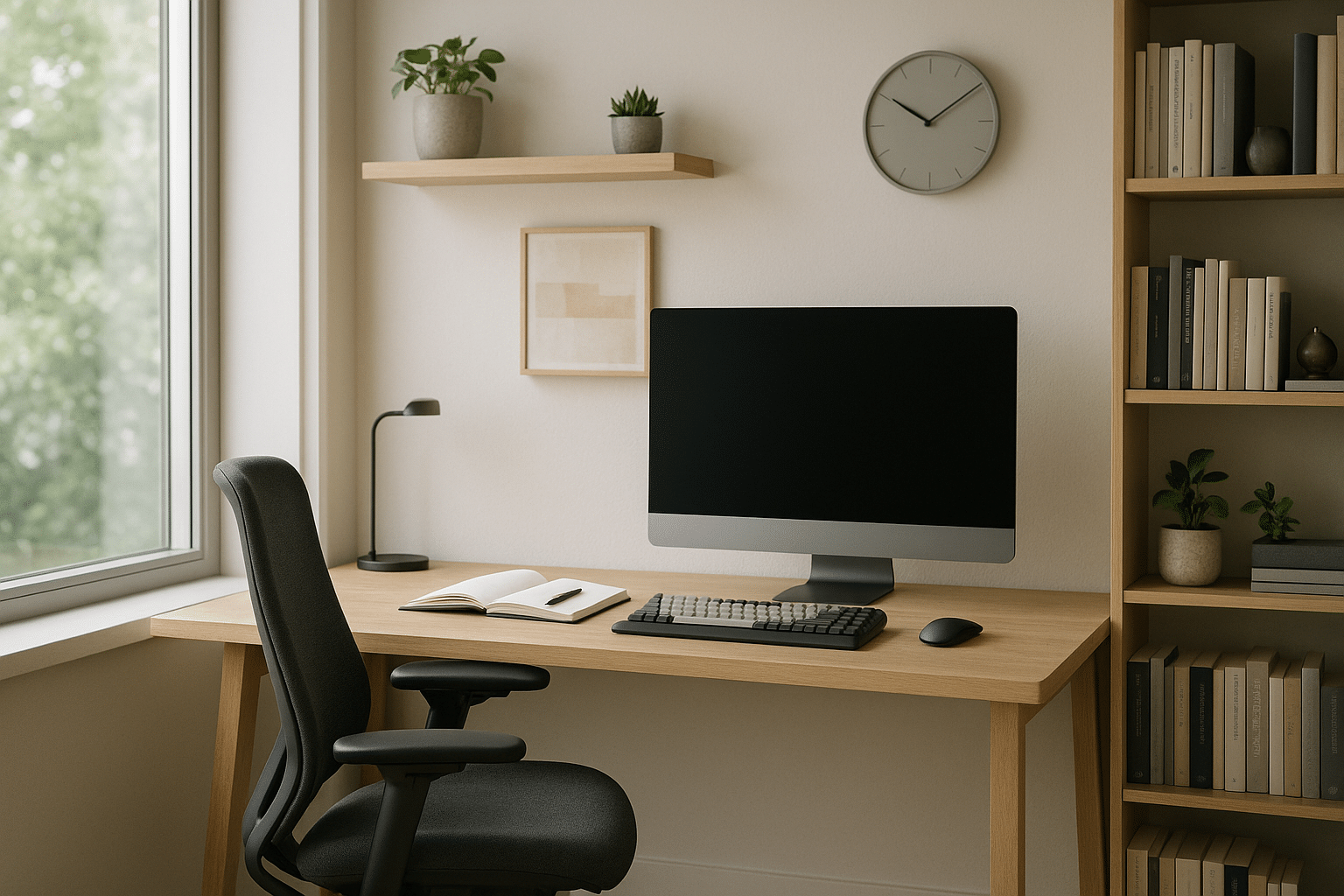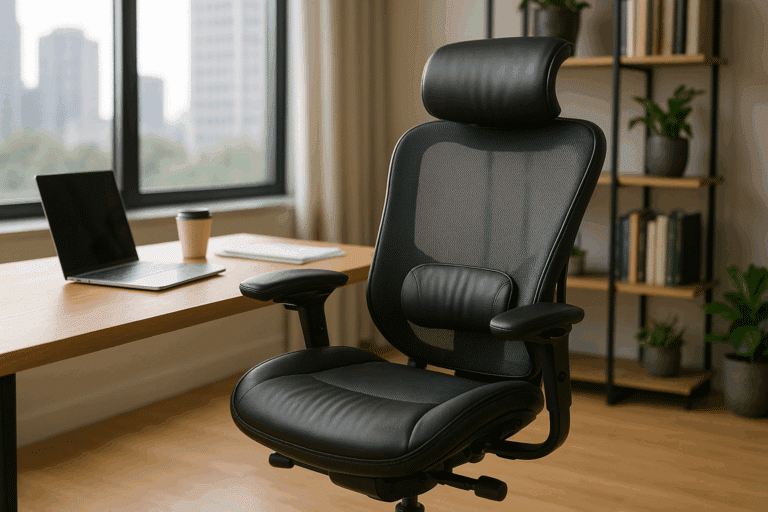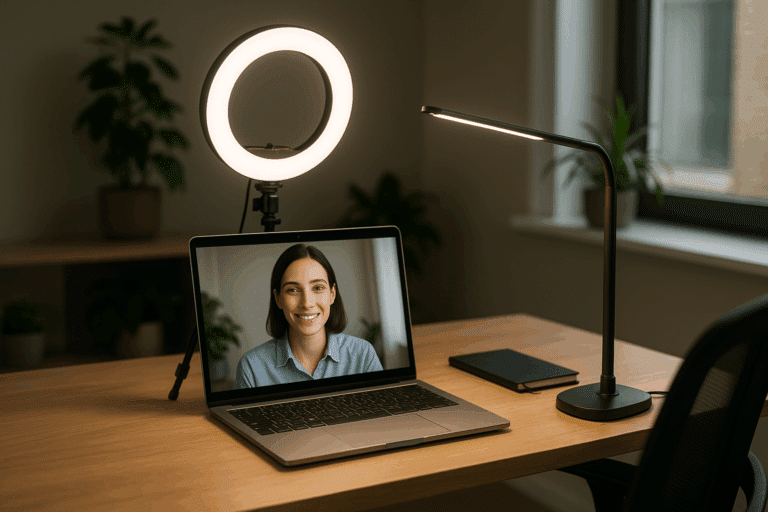In a world where distractions are just a fingertip away, building a distraction-free work corner can be your secret weapon to skyrocketing productivity.🚀 In this comprehensive guide, we’re going to walk you through the process of creating an optimal workspace that encourages efficiency, enhances concentration, and ultimately, maximizes productivity.
Before delving into the specifics, let’s set the stage. Picture yourself juggling multiple tasks, deadlines looming, the email notification pings, your smartphone beckons, social media updates compete for your attention. Sounds familiar? 😵💫 You are not alone. The modern workspace, digital or physical, is a breeding ground for distractions. And the resultant productivity loss is not trivial. A study by UC Irvine found that a typical office worker is interrupted every 11 minutes and it takes an average of 25 minutes to return to the original task post an interruption.
The Power of a Distraction-Free Work Corner 🛠️
A distraction-free work corner is more than just a physical space. It’s an environment designed to fend off distractions and keep you focused. It’s a zone that caters to your work style and boosts your performance. In essence, it’s a productivity powerhouse. A place where every element, from the layout and lighting to the furniture and noise level, is chosen with the sole aim of enhancing concentration and promoting efficiency.
But how exactly does a distraction-free work corner fuel productivity? Consider this: research from the American Psychological Association reveals that even brief distractions significantly impact productivity, doubling the error rate and increasing the completion time of a task. By minimizing these distractions, a distraction-free workspace allows your brain to fully engage with the task at hand, speeding up completion time, reducing errors, and enhancing the overall quality of work.
Creating Your Ultimate Distraction-Free Work Corner 🏗️
The good news is, creating a distraction-free work corner is not rocket science. It’s an achievable goal that involves understanding your work habits, identifying potential distractions, and taking steps to eliminate them. And that’s exactly what this guide is about. We will provide a step-by-step blueprint to help you design your ultimate distraction-free work corner, regardless of whether you are working from a cubicle in a bustling office or a corner in your living room.
In the sections to follow, we will delve into various components of a distraction-free work corner, discussing topics like optimal workspace layout, effective noise management strategies, the role of ergonomics in productivity, the impact of lighting, and much more. We will also touch upon technological tools that can help foster a distraction-free digital workspace.
By the end of this guide, you will have a clear roadmap to transform your workspace into a productivity haven. But remember, Rome wasn’t built in a day, and your ultimate distraction-free work corner won’t be either. It’s a process that requires a bit of trial and error, a dash of patience, and a whole lot of commitment. But the payoff — a sharp increase in productivity, reduced stress levels, and enhanced job satisfaction — makes it all worth it.
Ready to start the journey to your ultimate distraction-free work corner? Let’s dive right in! 🏊♂️
🚀 Transforming Your Workspace: The Power of a Distraction-Free Zone
The modern world is a whirlwind of distraction. From incessant notifications to tempting open browser tabs, maintaining focus can feel like an uphill battle. That’s where a distraction-free work corner comes into play. Not only can it boost your productivity, but it can also enhance your mental well-being and job satisfaction. But how exactly can you build this oasis of productivity? Let’s dive in!
When it comes to creating your ultimate distraction-free work corner, it’s not about mimicking the latest office design trend or investing in the most expensive equipment. It’s about crafting an environment that caters to your unique working style and needs. This can range from the lighting and temperature, to the layout and even the color scheme.
In this guide, we’ll explore the science behind distraction-free workspaces, essential elements to consider when setting up your own, and useful tools that can help you maintain focus. Don’t forget to check out the comparative table below for a quick overview of these tools! Remember, it’s not just about eliminating distraction, but about fostering a space that cultivates productivity, creativity, and wellness.
💡 The Science Behind Distraction-Free Spaces
Understanding the psychology of attention can offer valuable insights into why certain environments promote productivity while others don’t. According to research, our brains have a limited capacity for attention. Distractions, whether external (like noisy co-workers) or internal (like worrying about a personal issue), can deplete this capacity, leading to decreased productivity and increased stress.
On the other hand, a well-structured, distraction-free environment can help us maintain focus on the task at hand. This is because it reduces the cognitive load, freeing up mental resources for more important tasks. In fact, a study published in the Journal of Environmental Psychology found that cluttered spaces can lead to decreased productivity, while organized, minimalistic spaces can enhance focus and efficiency.
If you’re interested in diving deeper into the science of attention and productivity, I recommend watching the YouTube video “The Science of Productivity” by AsapSCIENCE. It offers a compelling, easy-to-understand breakdown of the research behind productivity.
📏 Essential Elements for Your Distraction-Free Workspace
Creating a distraction-free workspace involves more than just decluttering. Here are the essential elements you should consider:
- Lighting: Good lighting is crucial for reducing eye strain and boosting mood. Natural light is ideal, but if it’s not possible, consider using a desk lamp with adjustable brightness.
- Temperature: Research has shown that a cooler room can improve focus and productivity. Aim for a temperature between 60-67°F (15-20°C).
- Noise Levels: Everyone has a different noise tolerance. Some people need absolute silence, while others work better with a bit of background noise. Consider using noise-cancelling headphones or a white noise machine if needed.
For a more in-depth look at these elements, check out the YouTube video “How to Create a Productive Workspace” by Thomas Frank. It offers practical, easy-to-implement tips on setting up your workspace.
🛠️ Tools to Maintain Focus
While a well-structured environment is essential, incorporating the right tools can further boost your productivity. Here’s a comparative table of some popular productivity tools:
| Tool | Features | Price |
|---|---|---|
| Freedom | Blocks distracting websites and apps across all your devices. | $2.42/month |
| Forest | Helps you stay focused by planting a virtual tree, which grows as long as you don’t touch your phone. | $1.99 |
| Focus@Will | Provides scientifically optimized music to help you focus. | $9.95/month |
Remember, the key to using these tools effectively is to customize them to your needs. Start small, experiment, and adjust as necessary. Don’t forget to watch the YouTube video “5 Apps to Boost Productivity” by Mariana’s Study Corner for a comprehensive review of these tools and more.
🎯 Cultivating a Productivity Mindset
Lastly, creating a distraction-free workspace is just one piece of the puzzle. Cultivating a productivity mindset is equally important. This involves setting clear goals, breaking them down into manageable tasks, and consistently reviewing and adjusting your approach.
Check out the YouTube video “How to Stop Procrastinating & Get Work Done” by Productivity Game for actionable tips on developing a productivity mindset.
Remember, productivity is not a one-size-fits-all concept. It’s about finding what works for you and continuously striving to improve. So, start building your ultimate distraction-free work corner today and watch your productivity soar!

Conclusion
As we conclude this deep dive into the fascinating world of Information Technology and Software Engineering, we can’t help but marvel at the complexity and the immense potential these fields present. Our journey has taken us through various aspects of these disciplines, providing us with a comprehensive understanding of their intricate dynamics.
At the onset, we started by examining the critical role of software development in today’s digital world. We have seen how it has transformed our lives, and its impact is only expected to grow in the future. From mobile apps to complex business systems, software development is at the heart of it all. Understanding its principles and best practices is therefore critical for any aspiring engineer or IT professional.
We then moved on to discuss the key elements of software engineering, including requirements analysis, system design, coding, testing, and maintenance. Each of these stages is equally important and requires a different set of skills and expertise. We discussed in detail how each of these elements contributes to the overall success of a software project, and how they are interconnected in a cycle of continuous improvement.
Along the way, we also delved into the importance of modern software development methodologies such as Agile and DevOps. We discussed how these approaches have revolutionized the software industry, making it more flexible, responsive, and customer-centric. We also touched upon the importance of data security and privacy, two critical issues in today’s digital landscape.
In conclusion, the world of IT and software engineering is a dynamic, ever-evolving field that requires constant learning and adaptability. The concepts and practices discussed in this article are just the tip of the iceberg. There is so much more to explore and understand.
As we continue our journey in this fascinating field, we encourage you to delve deeper, explore more, and always stay curious. There are plenty of resources available online, such as [Software Engineering Institute](https://www.sei.cmu.edu/), [IEEE Computer Society](https://www.computer.org/) and [ACM Digital Library](https://dl.acm.org/), that can provide you with valuable insights and knowledge.
Please feel free to share your thoughts and experiences in the comments section below. Your input can greatly enrich the discussion and contribute to the collective learning experience. Let’s keep the conversation going!
Finally, if you found this article helpful, don’t hesitate to share it with your peers and colleagues. You never know who might benefit from this information.
So here’s to a future filled with technological advancements and innovative solutions! Remember, the sky is not the limit; it’s just the beginning. 🚀



